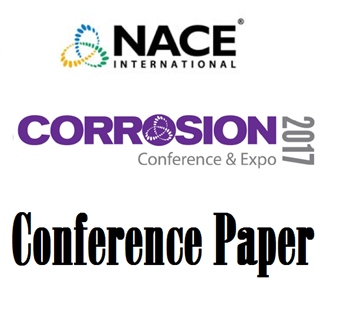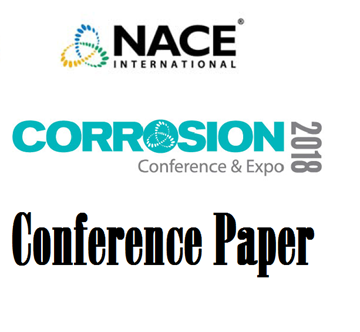Search
51312-01686-Composite Repair of Pipelines with Axial Flaws
Also Purchased
51317--9506-Testing and Design of Nonmetallic Composite Repair Systems for Pipeline Intergity
Product Number:
51317--9506-SG
ISBN:
9506 2017 CP
Publication Date:
2017
$20.00
51318-10818-COMPLIANCE TO ASME PCC-2 STANDARD FOR ENGINEERED COMPOSITE REPAIR SYSTEMS
Product Number:
51318-10818-SG
Publication Date:
2018
$20.00
05139 Performance of Pipeline Composite Repair Sleeves
Product Number:
51300-05139-SG
ISBN:
05139 2005 CP
$20.00
Recently viewed




